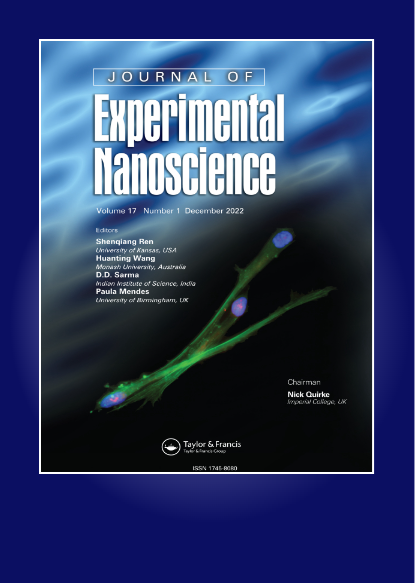EVA enhances the interfacial strength of EPS concrete: a molecular dynamics study
IF 2.8
4区 材料科学
Q2 CHEMISTRY, MULTIDISCIPLINARY
引用次数: 14
Abstract
Abstract Expanded polystyrene (EPS) concrete has high environmental and economic benefits. However, the difference in physical and chemical properties leads to a weak interface between EPS and concrete, which limits the use of EPS concrete. Based on the macro experiment of Ethylene Vinyl Acetate Copolymer (EVA) modified EPS concrete, two molecular dynamics interface models of EPS/C-S-H and EPS/EVA/C-S-H were constructed by molecular dynamics simulation, and their interface strengthening mechanism was discussed. The results of interfacial interaction analysis show that EVA increases the interfacial interaction energy and binding energy between EPS and C-S-H, and improves the adhesion between EPS and cement base. The results of radial distribution function analysis show that in the model with the modifier, there are not only Van der Waals forces and hydrogen bonds in the model without the modifier, but also strong interactions such as Ca - = O and OT - = O. The results of mechanical property analysis show that the elastic modulus of EPS concrete interface model after adding modifier is improved, and its interface properties are improved. The molecular dynamics simulation carried out in this paper shows that EVA acts as a bridge between EPS and C-S-H and enhances its interfacial properties. This study can provide basic theoretical support for the application of EPS concrete and reference for the development of high-performance composite cement-based materials. Graphical AbstractEVA提高EPS混凝土界面强度的分子动力学研究
摘要发泡聚苯乙烯(EPS)混凝土具有较高的环境效益和经济效益。然而,物理和化学性质的差异导致EPS和混凝土之间的界面较弱,这限制了EPS混凝土的使用。在乙烯-醋酸乙烯共聚物(EVA)改性EPS混凝土宏观实验的基础上,通过分子动力学模拟,建立了EPS/C-S-H和EPS/EVA/C-H两种分子动力学界面模型,探讨了它们的界面强化机理。界面相互作用分析结果表明,EVA提高了EPS与C-S-H的界面相互作用能和结合能,改善了EPS与水泥基体的粘结性能。径向分布函数分析结果表明,在加入改性剂的模型中,在不加入改性物的模型中不仅存在范德华力和氢键,而且存在Ca-=O和OT-=O等强相互作用,并且改善了其界面性质。本文进行的分子动力学模拟表明,EVA作为EPS和C-S-H之间的桥梁,增强了其界面性能。本研究可为EPS混凝土的应用提供基础理论支持,为开发高性能复合水泥基材料提供参考。图形摘要
本文章由计算机程序翻译,如有差异,请以英文原文为准。
求助全文
约1分钟内获得全文
求助全文
来源期刊

Journal of Experimental Nanoscience
工程技术-材料科学:综合
CiteScore
4.10
自引率
25.00%
发文量
39
审稿时长
6.5 months
期刊介绍:
Journal of Experimental Nanoscience, an international and multidisciplinary journal, provides a showcase for advances in the experimental sciences underlying nanotechnology and nanomaterials.
The journal exists to bring together the most significant papers making original contributions to nanoscience in a range of fields including biology and biochemistry, physics, chemistry, chemical, electrical and mechanical engineering, materials, pharmaceuticals and medicine. The aim is to provide a forum in which cross fertilization between application areas, methodologies, disciplines, as well as academic and industrial researchers can take place and new developments can be encouraged.
 求助内容:
求助内容: 应助结果提醒方式:
应助结果提醒方式:


